3D Features
Fusion also offers some really great 3D capabilities. Besides
being able to import 3D cameras, geometry and data, Fusion also allows
you to create 3D text from scratch in your composite. The Text3D node
allows you to create some text using any of the fonts you have
installed, and then extrude it and give it depth and shading whilst
maintaining control over font size, kerning, and font choice. This can
be a real time saver when you are creating motion graphics with lots of
text. Instead of the normal back-and-forth between a 3D application and
compositor, it can all be handled in Fusion.
Shading and lighting are also part of the 3D toolset in Fusion. You can
bring in 3D meshes and light them as you like using the various light
sources like point, ambient, or spots.
Deep Data, Optical Flow, and Stereo workflows are supported in the
Fusion 8.2 Studio version. Fusion 8.2 does not include the Stereo
workflow tools, or the Optical Flow toolset.
Effects & Particles
One area that really stood out to me, were the particles tools
available in Fusion. Lots of great nodes that give you lots of control
over how your particles behave, and react with one another in a scene.
I was pleasantly surprised to see how many particles I could have
showing in the viewport before my MacBook started to slow down. One
thing I would have liked to see, was a folder of presets that one could
load, and customize to your liking. Overall though, a really nice set
of tools that give you even more control and flexibility in the
composite. Creating a little dust hit here, or a colliding rain system
there is totally possible.
It would be a nice addition if users had access to a toolset that allowed
them to animate and manipulate shapes and text a bit easier. Fusion comes with a great Follower modifier that allows to create text effects with lots of control over per-character text animation for motion graphics work. Animation presets in line with what After Effects has to offer would be a welcome addition.
Fusion 8.2 vs Fusion 8.2 Studio
As mentioned previously, Fusion 8.2 is available in two
versions. The main differences between the two comes down to whether;
A.) You will be doing stereo/optical flow work or need to use plugins
from third party companies, and B.) You work in a studio and need
multiple licenses for artists and/or rendering. If the answer is Yes to
either A or B, then you will want to look into Fusion 8.2 Studio. Also
with Studio, you get access to unlimited network rendering,
and scripts that can help automate things on your network. Fusion 8.2
does not come with this customization so you will only be able to
render through the compositing interface.
Generation is a project management toolset in Fusion 8.2 Studio that
allows for collaboration between multiple artists working on the same
project. Supervisors and producers can assign and track shots, keep
track of their status, and even review and annotate dailies so everyone
is kept in the loop. This is something similar to Shotgun Software
which also allows for tracking and reviewing shots.
Conclusion
In conclusion, Fusion 8.2 (Studio) has a lot going for it. It
is a really great piece of software that has all the tools any budding
or experienced compositor might need. With Fusion 8.2 being free, and
the full Studio version coming in at $995, this tool is a steal. It has
a nice clean interface that allows you to immediately understand what
is going on in the composite, and with the default toolset it can
easily keep pace with its competitors. A better method for dealing with
multichannel EXRs would be a nice addition, as it would speedup and ease
the compositing workflow. Fusion has also been around for many years, so
there is also a great wealth of tutorials out there that will get you
started in the right direction.

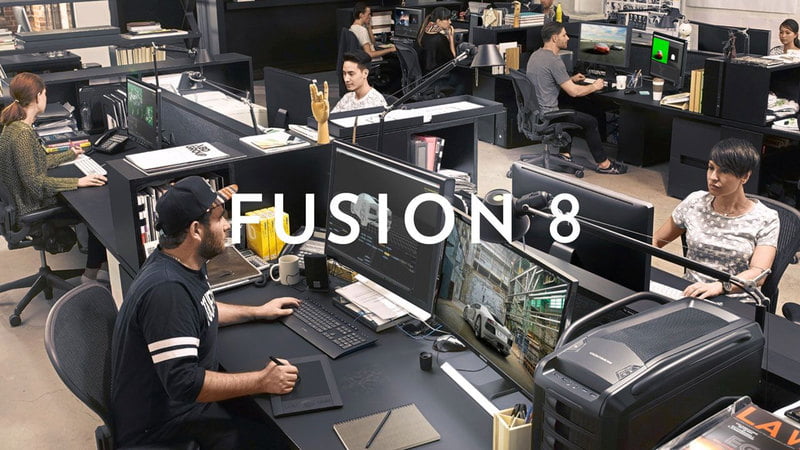
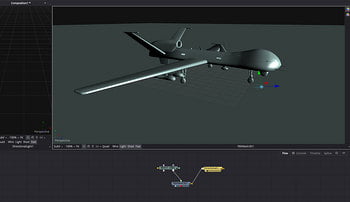
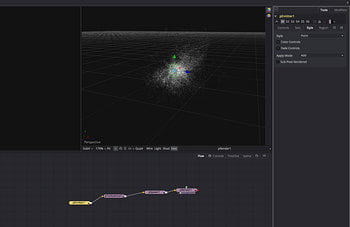
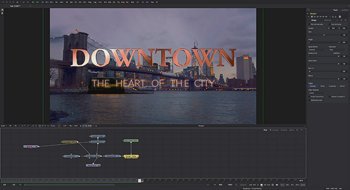

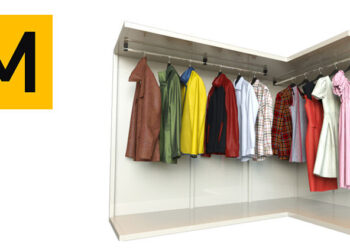

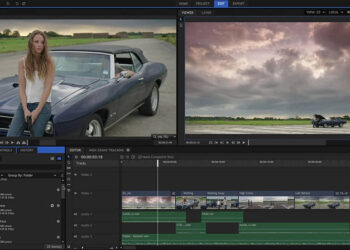






It’s not perfect but in the loader you can access more channels, in the format tab. The exr loader comes with a preset list of channels by which you can assign the exr multi layers. Again not perfect at all, but there’s a bit more then just split out loaders.
>Fusion is a node-based compositor, offering a very similar workflow to its competitor, Nuke. Fusion has been >node-based as far as I can remember, even back in 2002 when I used it just out of school, which pre-dates >Nuke as we know it now.
The node based workflow and interface we see today in Nuke has remained virtually unchanged since 1993 / 1994, when when development on the software started at Digital Domain. The interface changes that the Foundry has made since have been mildly evolutionary, but thankfully the basic design remains the same.
Fusion is not free to download anymore.
From now on you must buy it, the free download option on the homepage has been removed.
True, as a free version you still have the Fusion version integrated in resolve, which it’s still free.
Cheers!
“Also, as of right now, there is no easy way to split up your multichannel EXR into specific elements without some scripting experience.”
That’s the point why Fusion is less used by big company. It’s never be a good software if it waste your time. It would be enough to add simply option in loader – “add new channel” thats all, nothing more.
Deleting comments is really sucks! Leaving this silly site!
Hi Robert, We don’t delete comments unless they are offensive but a new commenter’s first comment will need to be manually approved and other situations trigger the need for a manual approval. Sometimes this might takes a while. Apologies